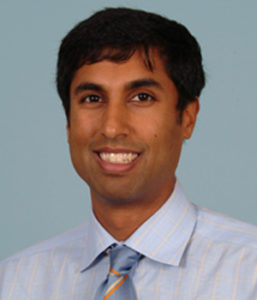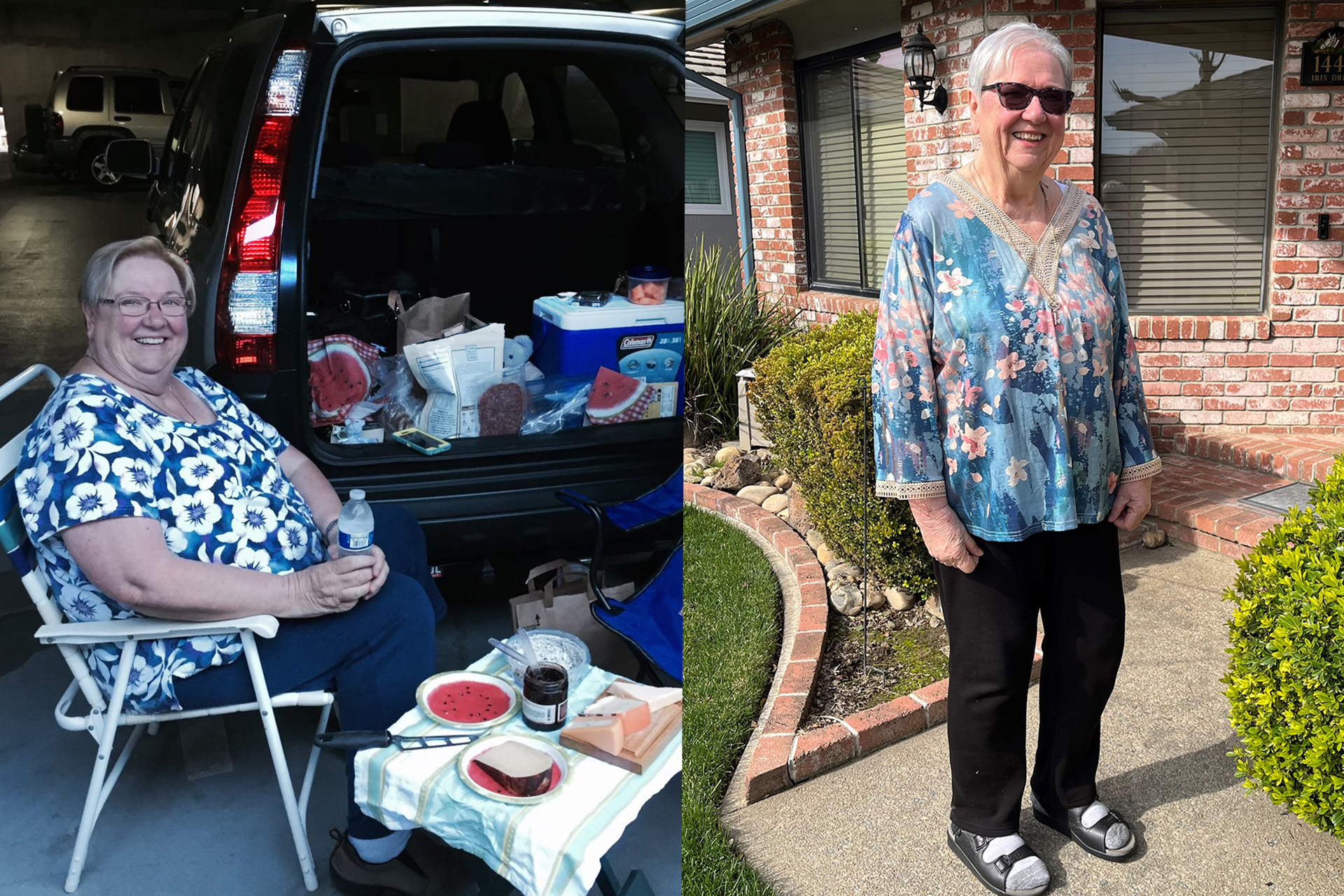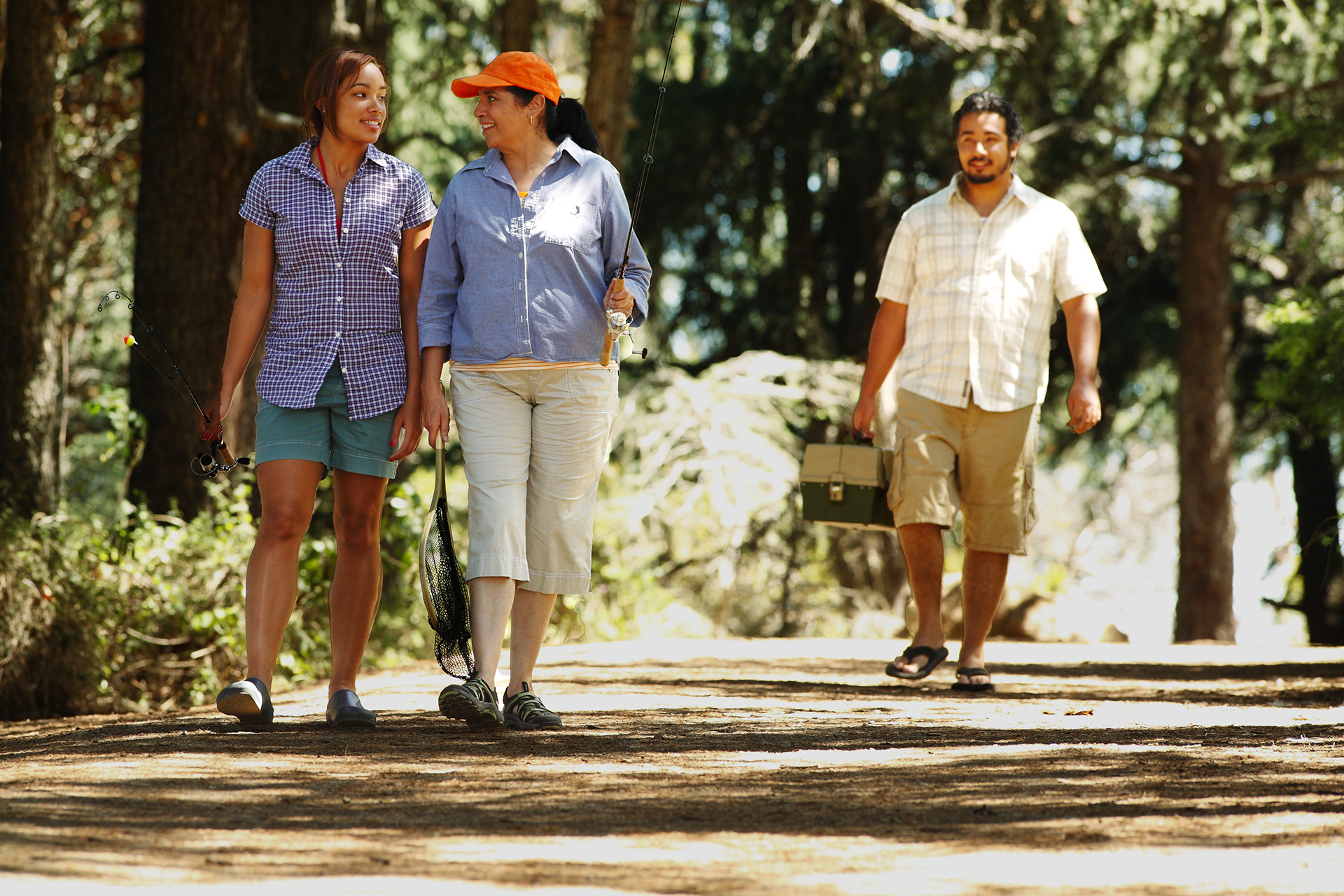Learn about the diseases plaguing seniors’ eyes, treatment, and the best advice for caring for your vision at any age.

Eye disease is largely a problem of seniors. And the American population is aging, meaning that the need for eye care and even surgery is on the rise. Currently, almost 15 percent of the U.S. population is age 65 years and older. By 2060, that number will double.
There are 3 primary diseases for seniors: glaucoma, cataracts, and age-related macular degeneration, according to Robin Vora, MD cataract surgeon, consultant in medical retina, and chief of the Department of Ophthalmology at the Kaiser Permanente Oakland Medical Center. In honor of National Age-Related Macular Degeneration/Low Vision Awareness Month in February, Dr. Vora tells us about eye concerns as we age, as well as some general vision health tips.
Describe the 3 main diagnoses for seniors.
Cataracts are a clouding of the lens in the eye that affects vision. Most cataracts are related to aging. By age 80, more than half of all Americans either have a cataract or have had cataract surgery.
Age-related macular degeneration is an incurable eye disease caused by the deterioration of the central portion of the retina, the inside back layer of the eye that records the images we see and sends them via the optic nerve from the eye to the brain. Macular degeneration is the leading cause of irreversible vision loss, affecting more than 10 million Americans — more than cataracts and glaucoma combined.
Glaucoma is a disease in which damage to the optic nerve leads to progressive, irreversible vision loss. Glaucoma is the second leading cause of blindness. It’s different from the two others in that it affects people as young as 55 and is most common in people of African-American descent.
Can anything be done to prevent these diseases?
Unfortunately, these are diseases that are just part of aging. For cataracts, there is no prevention, drops, or eye exercises, but the good news is that treatment has evolved to the point that we can offer surgery than has a 98-99 percent success rate. With macular degeneration, the good news here is that diagnosis and treatment has completely evolved over the last 10 years. We can now stabilize the disease so patients can often retain some level of functional vision. Blindness or significant vision loss from glaucoma can be prevented if the disease is recognized in the early stages. In its most prevalent form, vision loss is slow, which makes it hard for people to know they have it. This underscores the importance of eye exams.
Can you provide some general eye health tips?
In addition to exams, always wear sunglasses outside and take care of your overall health. I always say that what is good for the body, is good for the eyes. Exercise, weight management, and good nutrition are key, with both seafood and the green leafy vegetables being especially good for eyesight. But the most important thing is to not smoke. Smoking doubles the risk of changes in the lenses of your eyes, resulting in cloudy vision. It triples the risk of age-related macular degeneration and increases the severity of the disease.
Finally, I recommend that people limit screen time or at least take regular breaks to avoid dry eye and eye strain. If you are concerned about your eyesight, cover one eye and read with the other. Repeat with the other eye. If what you see is blurry, it’s time for an appointment with your ophthalmologist.





This Post Has One Comment
A great reminder to look after our eye health.